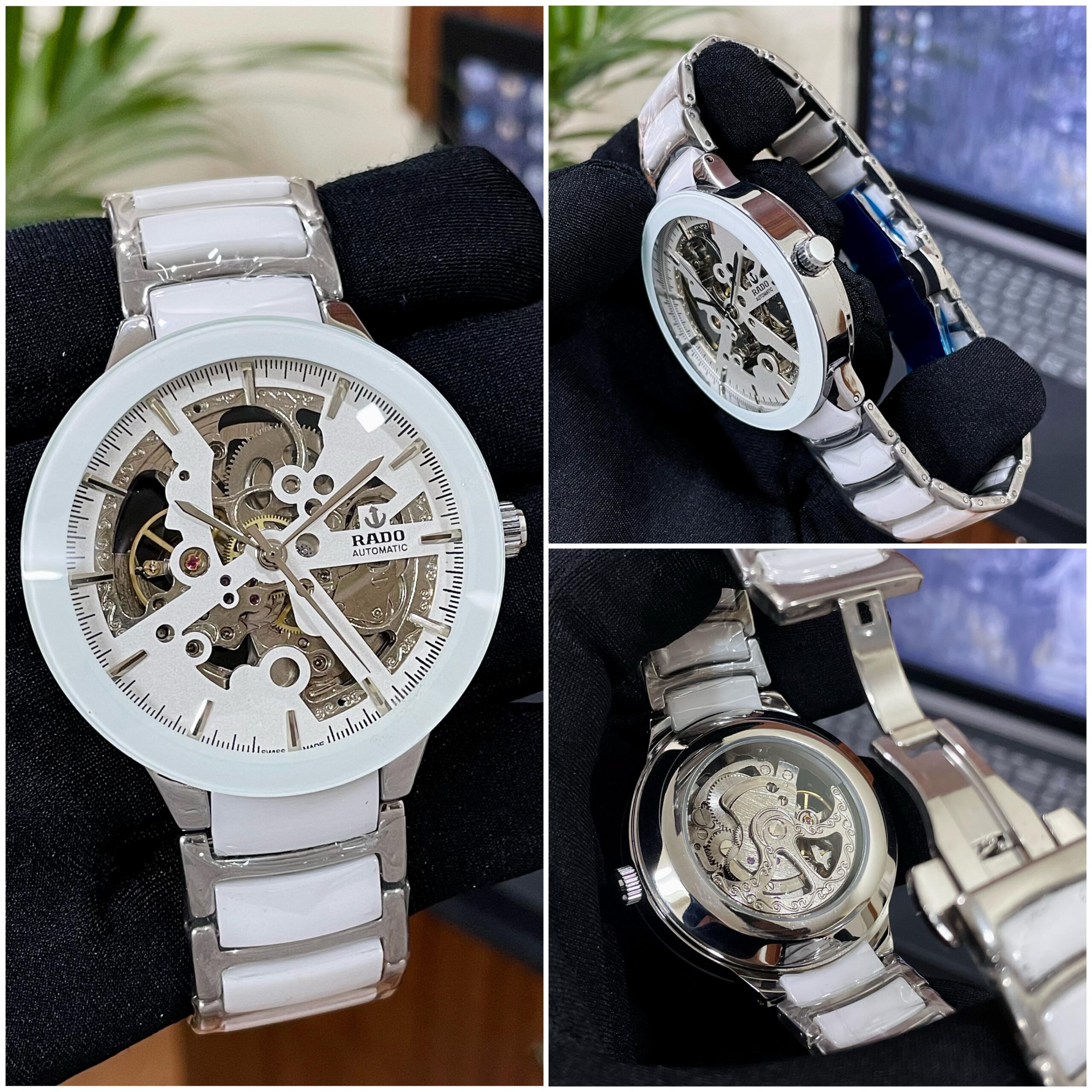Understanding how watches work is a journey through time. Watches are not just accessories, they are marvels of engineering.
Introduction to Watch Mechanisms
There are many types of watch mechanisms. Each type has its own story.
Quartz Watches
Quartz watches are very accurate. They use batteries and tiny quartz crystals.
When a battery sends electricity, the crystal vibrates. This vibration keeps time very well.
Mechanical Watches
Mechanical watches are like tiny machines. They do not need batteries.
Inside, they have springs and gears. When you wind the watch, it works!
Automatic Watches
Automatic watches are special mechanical watches. They wind themselves when you move.
It’s magic! But, it’s really just smart engineering.
How Quartz Watches Work
Let’s look at how quartz watches keep us on time:
- The battery sends power to the quartz crystal.
- The crystal vibrates 32,768 times per second!
- A circuit counts the vibrations to measure time.
- It then moves the watch hands or shows the time on a display.
Understanding Mechanical Watch Movements
Mechanical watches are like puzzles. Here’s how they fit together:
- You turn the crown to wind the mainspring.
- The spring unwinds slowly, making gears turn.
- These gears make the hands of the watch move.
- This all works without any electricity.

Credit: www.facebook.com
The Magic of Automatic Watches
Automatic watches have a little weight inside called a rotor.
When you move your arm, the rotor spins and winds the mainspring.
This means it can keep time without winding it every day.
Components of a Watch Movement
| Part | Function |
|---|---|
| Mainspring | Stores energy in mechanical watches |
| Gears | Control the movement of hands |
| Escapement | Releases the mainspring’s energy in beats |
| Battery | Powers quartz movements |
| Quartz Crystal | Vibrates to keep time in quartz watches |
| Rotor | Automatic winding component in automatic watches |

Credit: skylerfashion.com
Comparing Watch Movements
Here’s a quick comparison to help you choose:
| Type | Accuracy | Maintenance | Price |
|---|---|---|---|
| Quartz | Very accurate | Low | Usually less expensive |
| Mechanical | Less accurate | High | Can be very expensive |
| Automatic | Less accurate | Medium | Varies |
Maintenance Tips for Your Watch
Watches need care too. Here are some tips:
- For quartz, change the battery when needed.
- Keep mechanical watches wound.
- Service your watch every few years.
- Protect watches from water and shocks.
Frequently Asked Questions On Watch Mechanisms Unveiled: Precision, Craftsmanship & Elegance
What Are Common Watch Movement Types?
Mechanical, automatic, and quartz are the primary types of watch movements, each distinguished by its unique mechanism and power source.
How Does A Mechanical Watch Operate?
A mechanical watch uses a wound spring and gears to measure time, requiring regular manual winding by the wearer.
What Makes Quartz Movements Popular?
Quartz movements gain their popularity from being highly accurate and low-maintenance, powered by a battery and a quartz crystal.
Why Choose An Automatic Watch Mechanism?
Automatic watch mechanisms harness the motion of the wearer’s wrist to wind the mainspring, offering convenience with a classic touch.
Conclusion
Watches tell time and stories. They are more than just clocks.
Each watch type has its charm. Find one that fits your style!

a digital marketing expert, is the man behind this insightful ‘Man Watch’ blog. A modern gentleman himself, he relishes the beauty of perfect man watches. He skillfully makes use of his taste and knowledge to provide valuable insights, helping maximize your style and watch selection.



